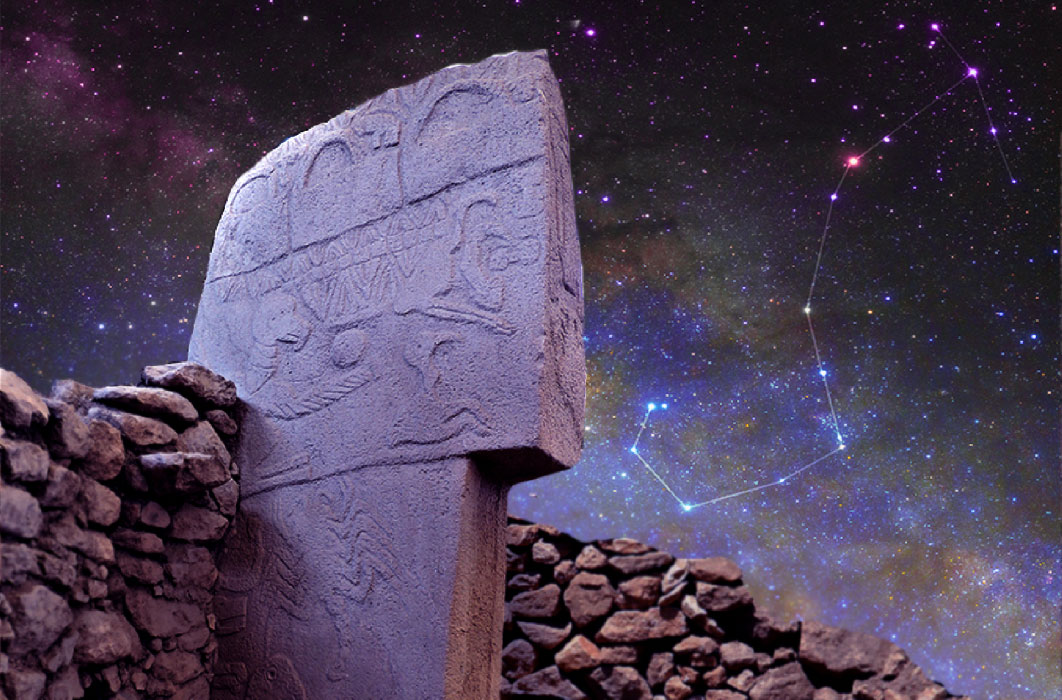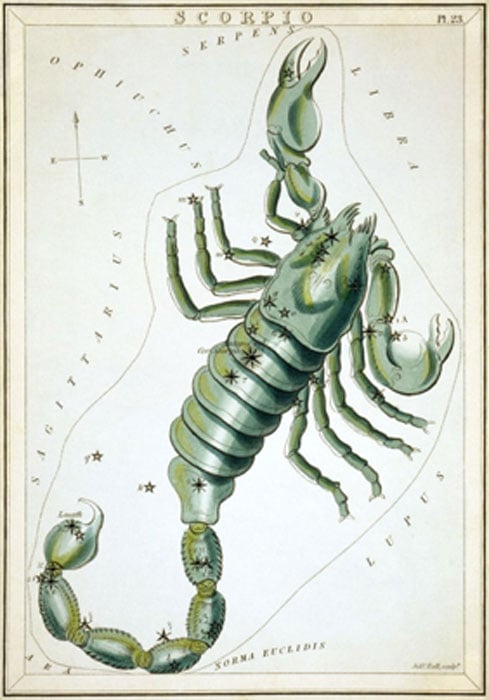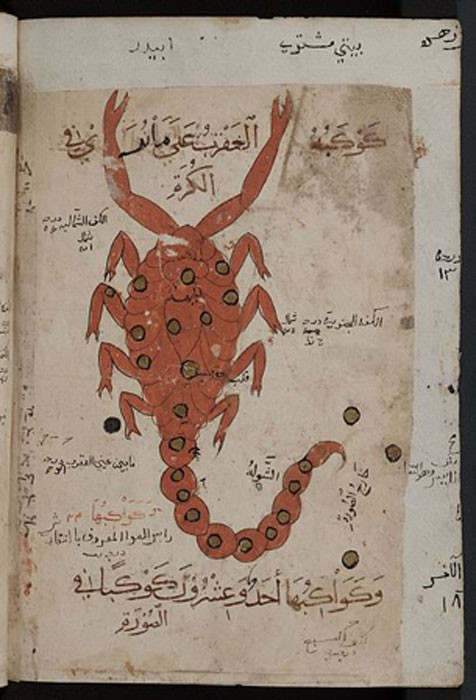
The Cosmic Scorpion Evident in Ancient Cultures
Scorpions have inhabited the Earth for over 400 million years. They were one of the first seabed evolved creatures to climb out of oceans onto land. Although older than the dinosaurs and despite many species, there has been small change to their basic form over this vast time. Their mysterious appearance is deeply entangled in human culture and known for symbolizing danger, eroticism, the hidden and clandestine. A Roman war-machine, a yoga posture, and a star constellation take their name from this predatory arachnid. Like snakes and insects, the meaning of scorpions remains fairly constant across cultural boundaries and this has been the case with its constellated counterpart as well.

Scorpius as depicted in Urania's Mirror, a set of constellation cards published in London (circa 1825). (Public Domain)
Astral Visions of the Scorpius Constellation
The Scorpius constellation belongs to a star group known as the Scorpius-Centaurus Association, stars which share a common space motion. This means that the shape of this star pattern, as viewed from Earth, would have remained reasonably constant for at least a million years. The Scorpius constellation has been an object of starwatching for millennia. More importantly, different human groups distanced by time and place have seen a scorpion in these stars. The ancient Greek, Roman and Egyptian heritage of the celestial scorpion, which features in mythologies, seems to have come from Mesopotamian astronomers who named Scorpius zuqaqipu (‘scorpion’). However, the image of Scorpius extended far beyond the Near East and Mediterranean regions into different cultural settings.
Remarkably, to the indigenous Yolgnu people of Arnhem Land in Australia, Scorpius was identified as a scorpion and named Bundungu. Both the Aztecs and Maya are known to have had scorpion constellations. Although with the former this may have referenced Ursa Major, it is clear that the Maya saw a celestial scorpion in the Scorpius stars. The ancient Chinese had a complex scorpion mythology with astral associations. An ancient temple-observatory known as Ming T’ang (‘Hall of Light’) was recorded as having existed in the early historic period. China’s first culture, education and government have been ascribed to this temple-observatory. Following a proposal that Chinese pictographic characters descend from Neolithic calendar symbols, it has been suggested that Ming T’ang developed from worshipping the scorpion.

Scorpion from Arabic Kitab al-Bulhan or Book of Wonders (late 14thCentury) (Public Domain)
According to one researcher, the Chén (辰) character represents a scorpion in striking position as seen in profile. The meanings of 辰 during China’s first dynasty, the Shang, included ‘thunderbolt’, ‘time’, ‘a star’ and the month following the spring equinox. It is believed this referred to the equinoctial position of the bright star Antares located in Scorpius. Following this line, it is thought that the Scorpius image bore resemblance with Sumerian pictographs of hand axes, which later cuneiform meanings include ‘razor’, ‘dagger’, ‘to strike with lightning’, ‘to sting’, and ‘Scorpion Man’. Conversely, scorpion claws may have become emblematic of furnace tongs, since for alchemists the only time when the transmutation of lead into gold could occur was when the Sun rose in Scorpius.
- Decoding Göbekli Tepe: Secret Society AND Space Observatory?
- Common Cosmic Symbolism: Is Göbekli Tepe Ancestral to Ancient Egypt?
- Kindred Skies: Ancient Greeks and Aboriginal Australians saw Constellations in Common
Whatever merits these and other etymological interpretations may have, the earliest known depiction of a scorpion is found at Gӧbekli Tepe on Pillar 43. This pillar is better known as the Vulture Stone. Amid the large diversity of wildlife represented at the site, this appears to be the only scorpion currently known. Based on its small claws and chequered appearance, this species might be an Anatolian Yellow Scorpion (Mesobuthus gibbosus), known for delivering a non-fatal though very painful sting. Curiously enough, however, there is good surrounding iconographical evidence to suggest this scorpion also depicts the celestial scorpion, Scorpius.





